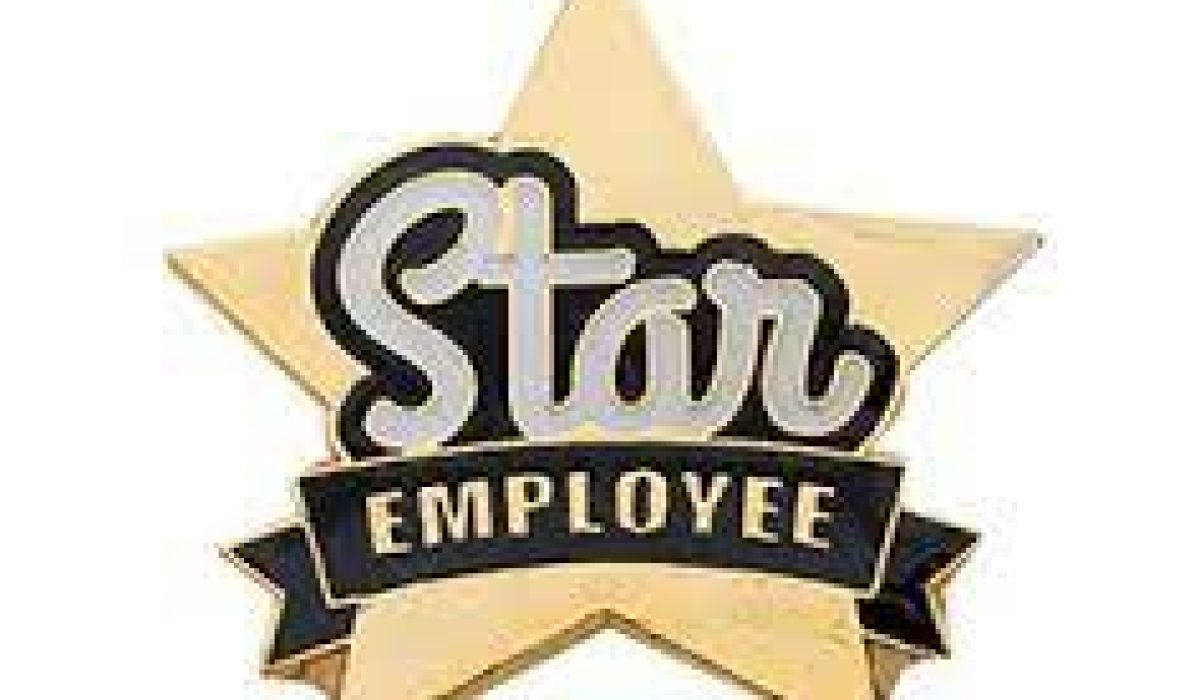It’s no secret that some of your members are better at their jobs than others. Every organization has those emerging leaders who are on track to shape the workplace culture and raise the bar for everyone around them. If you can manage to keep them around, they’ll probably be running the place someday. If this brings to mind people from your organization, you’re probably thinking about your high-potential employees.
These are your next-generation leaders. But there’s more to it than that.
High Potential versus High Performance
It’s important to understand that high-potential members are more than just great at their jobs.
These folks also demonstrate the ability to build effective teams, help others develop professionally, and exercise leadership to accomplish the mission of the group, even when they don’t necessarily have the formal authority of a supervisor or boss. In short, high-potential members are willing to do what it takes to get the job done, and they have the ability to do it while bringing others along with them: they produce results and elevate everyone involved.
High-performance members are often fantastic individual producers: they make significant contributions to their teams and they usually have a lot to show for their efforts. A key difference is that high-performing members often focus on improving themselves, while high-potential members learn to focus on improving teams, systems, and outcomes.
It’s often difficult for employees to view challenges and opportunities through the lens of the organization rather than through the lens of the individual, but high-potential members are often effective in helping others recalibrate their paradigm when considering workplace improvements and changes.
High Potential for What?
While high-performance members are incredibly valuable to the success of any organization or work team, your high-potental members posess the ability to navigate the transition from all-star performer to effective team leader, organizational head, and beyond. In short, they demonstrate a high potential for leadership, and the capacity to thrive in roles of increasing responsibility.
Douglas Ready, senior lecturer at MIT’s Sloan School of Management, writes that high-potential members often exhibit attributes that are difficult to quantify, and that don’t always show up on standardized lists of leadership competencies – the elusive X-Factor. They are usually driven to excellence, and often make sacrifices to reach goals that others are unable or unwilling to make.
High potential members tend to be life-long learners and have the innate ability to translate what they learn into actionable, productive solutions to their organizations’ most pressing problems. They have the capacity to think strategically, and are often found addressing challenges a level or two above their pay grade, which can be a tricky, especially in career fields that traditionally rely on seniority or time-in-grade to identify leaders.
Emotional intelligence is a hallmark of high-potential employees, and successful high-performance members manage the slippery slope of working beyond traditional role boundaries by paying close attention to their emotions and the emotions of others, especially how their words and actions influence workplace dynamics.
Raising the Bar, Lowering Morale
It can be exciting to work in an organization in which great ideas transform into exciting programs and measurable outcomes, but that kind of progress often comes at a price.
High-potential members are at a high risk of disillusionment and burnout when they feel their contributions aren’t appropriately rewarded or appreciated, and it’s not uncommon for them to pull back from the organization or leave it entirely when they feel they’ve been overlooked. This is a common challenge when many high-potential members compete for limited promotional opportunities.
One strategy to help your highly-motivated all-stars remain engaged is to adjust the organizational focus from a corporate ladder model to a corporate lattice. In many organizations, the pathway to success is straight up the promotional ladder. In a corporate lattice environment, senior leaders create meaningful opportunities for high-potential members to exercise leadership without necessarily becoming someone’s boss right away.
Matching stretch goals with high-potential members’ gifts and talents is a great way for senior leaders to help up-and-comers get back in the saddle after a missed promotional opportunity or some other organizational setback. It’s also a fantastic way to engage high-performing members in the meaningful and important work they came to your organization to do.
A corporate lattice may provide the right kind of structure and support to emerging leaders as they continue to develop and grow, with the additional benefit of helping to keep them meaningfully engaged as formal leadership opportunities evolve.
Whether your organization has a formal program to help identify and develop your high-potential members, or simply does its best to support your rising stars, recognizing, affirming, and engaging these emerging leaders is a key element in the health of your team, the satisfaction of your top producers, and the success of your organization.


